One of the most breathtaking man-made lakes anywhere in the world, Lake Nasser sits amidst southern Egypt. Formed by the construction of the High Dam at Aswan, Lake Nasser stretches more than 500 kilometers and forms part of the Egyptian landscape. The lake was a huge engineering undertaking that remade the topography and properly developed the idea of a full-scale waterway in this region, for those embarking on Aswan tours, Lake Nasser remains one place that is an unforgettable memory for its glorious natural beauty and historical interest. In addition to its natural charm, it gives an opening to some of the most alluring ancient sites in Egypt. It contains some fabulous temples and monuments submerged beneath its serene waters, which had to be relocated to avoid being submerged during the formation of the lake. These include some of the most famous Abu Simbel temples, standing as testimony to the resplendence of ancient Egyptian civilization.
If you plan for Egypt Day tours, then Lake Nasser should surely form part of your checklist. The lake is tranquil, away from the maddening crowd of city life, and offers you the opportunity to connect with nature as well as relive history uniquely. Next Holiday Travel will help you plan the perfect trip so that you get the best of Lake Nasser-from serene boat cruises to many historical sites lining the lake. Every moment spent here is an assured memorable one.
Whether it is the historic value that attracts you or the grandeur of its expanse of water, Lake Nasser remains one of those places that can indeed say much about the beauty and heritage of Egypt. Next Holiday Travel will make sure that a tour of this magnificent lake will form part of an unforgettable Egyptian holiday.
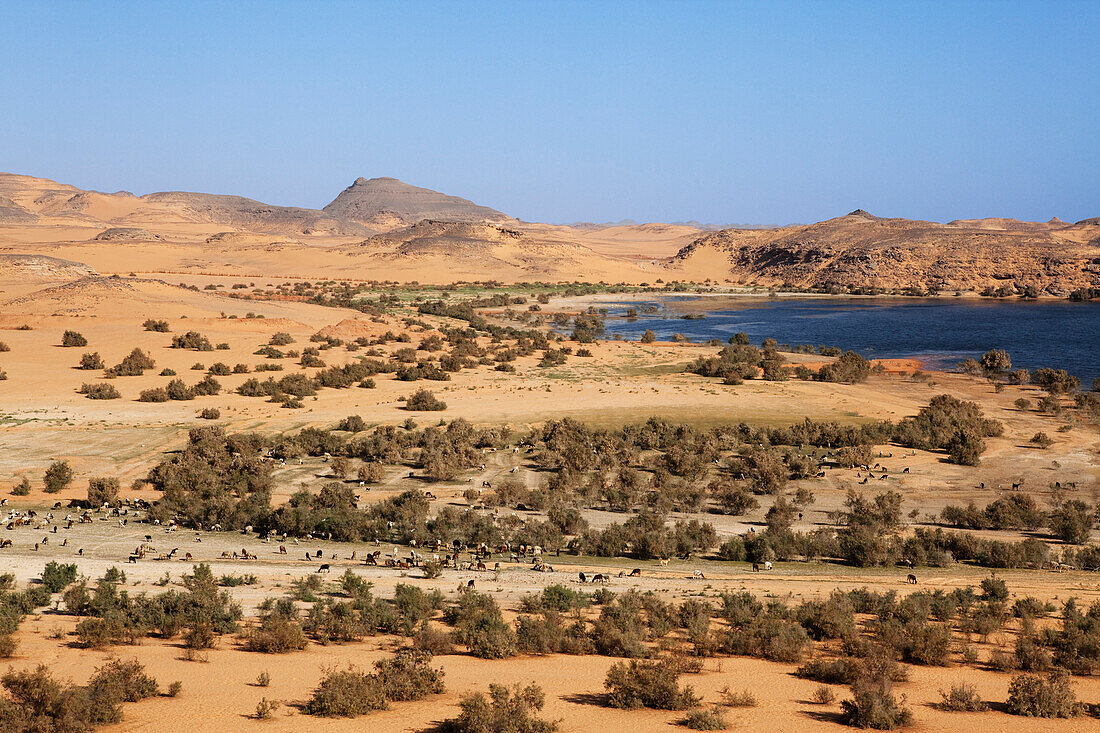
Facts About Lake Nasser
Among all the man-made reservoirs, one of the biggest is Lake Nasser which spread about 500 kilometers long, it was a result of the damming of the Nile River through the Aswan Dam which thus got the Nile River fed by its water, the Lake is named after President Gamal Abdel Nasser who made the dam possible, Lake Nasser is notable in that it is the birthplace of the contraption used to prevent the Nile's yearly flooding. The nascence of this one, probably the most advanced technology in its time, resulted from the need of the ancients for some kind of protective mechanism given the yearly menace of torrential rains.
Also, it paved the way for repositioning some of the great temples like the Abu Simbel temple which was later on put to safety in higher upland from being flooded away. Nowadays Lake Nasser is not only just an important water source but also one of the top water-tourism places and fishing. It is a place where the great engineering of modern times interacts with the ancient–far more peaceful times. Her upbringing, genes, and social environment, not to mention her later development reshaped the woman so that her personality is now virtually her identity.
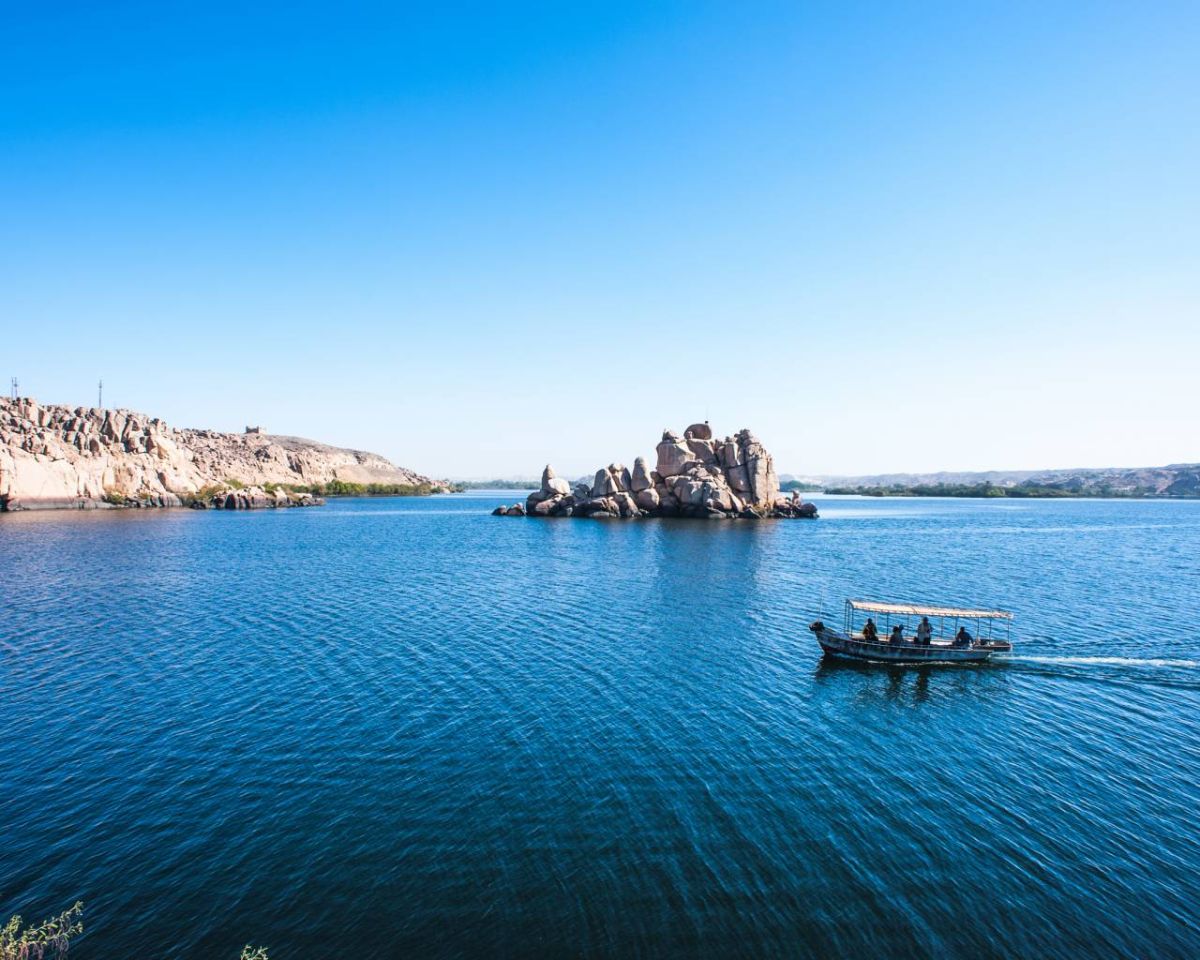
Lake Nasser location
Lake Nasser is located in southern Egypt and northern Sudan, although for the most part, it falls within Egypt's Aswan Governorate, starting just south of Aswan, its existence comes about because of the construction of the High Dam on the Nile River, its location is specifically placed to catch the waters of the Nile, which flow northward from Sudan. Stretching approximately 500 kilometers in length, Lake Nasser cuts across the region of the Nubian Desert from east to west and changes it from a completely arid landscape into one vast body of water, the creation of this lake provided more than just a good-sized reservoir for water and hydroelectric power; it changed the environment altogether. Lake Nasser, with its great expanse of water and strategic location, is an important feature in southern Egypt, integral both to regional ecology and the historical landscape of Egypt.
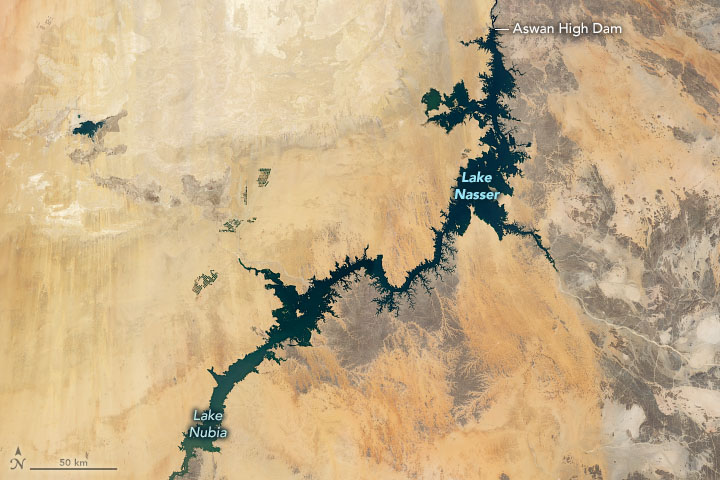
The history of lake Nasser
History has it that the creation of Lake Nasser is very closely related to the building and construction of the High Dam in Aswan, which began in 1960 and finished in 1970, The dam had been meant to regulate the yearly flooding of the Nile River, which had long posed a challenge to agriculture and infrastructure in Egypt. During its construction, the dam created a huge reservoir that eventually became Lake Nasser.
In the forming of Lake Nasser, much of the land was flooded, thus destroying many major archaeological sites and historical monuments, a large international undertakings preserved these treasures by moving them to higher terrain for them to be kept away from the oncoming waters. The best among them were the temples of Abu Simbel, which were carefully translocated and reassembled in order not to let them be engulfed into the abyss.
Thus, the construction of the lake marked an important milestone in terms of engineering achievement, and its impact on the region was massive: it topographically altered it and furthered Egypt's mastery over its water resources. Today, Lake Nasser bears very good witness to modern engineering prowess and represents a still-standing legacy bequeathed by ancient Egyptian civilization.
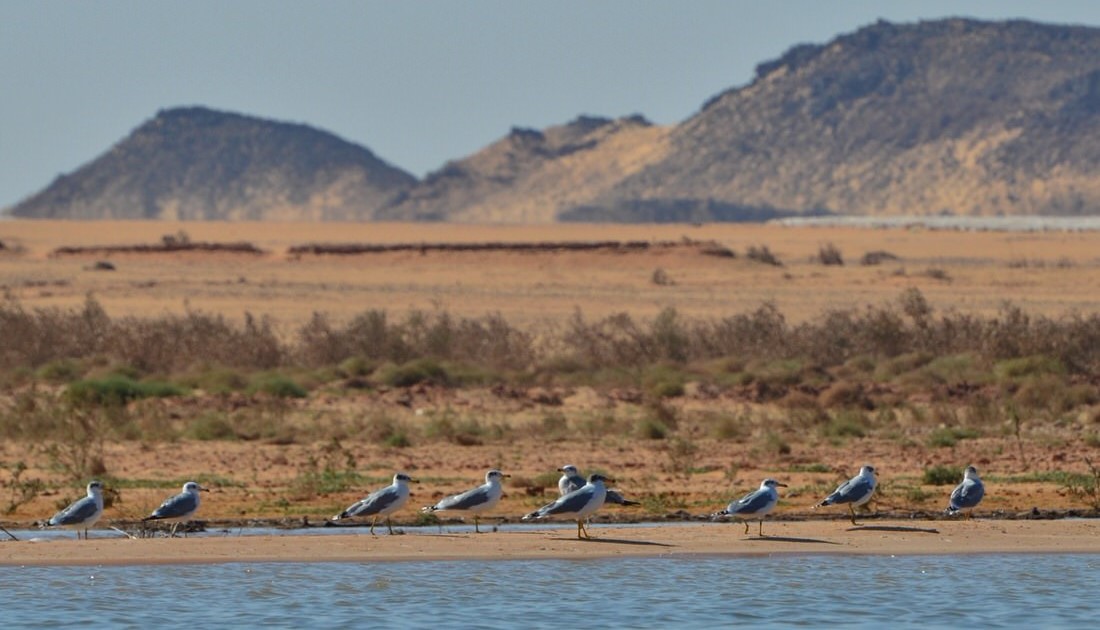
Activities in Lake Nasser
Lake Nasser has several activities that can be nicely highlighted from are historical setting and significant meaning. People can experience very calm boat cruises around the water body from where they can see the breathtaking and tranquil scenery, fishing is also an activity that is in high demand here. It is an opportunity for the tourists to be in the calm lake which is a great spot for catching Nile perch and other local species in the lake’s calm waters. In addition, Lake Nasser is the home of Abu Simbel temples which were removed to the highlands to keep them from submerging. The boat ride to these historic sites is an added dimension that will take the visitors 3000 years back in time, Lake Nasser, for its part, easily becomes both therapeutic scenery and an exciting learning environment since such historic marvels like these were also seen by the first man.
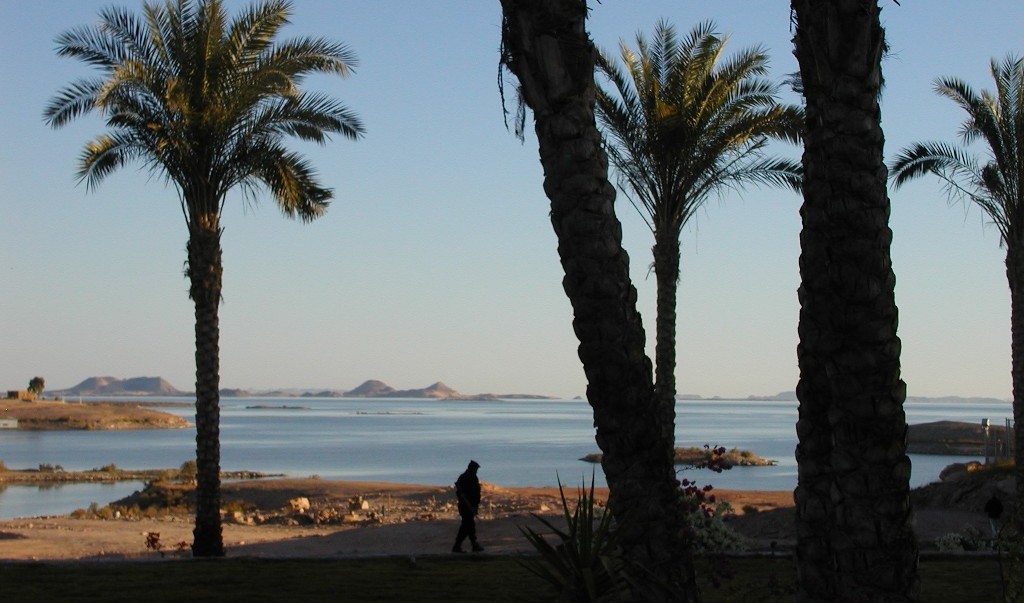
How to visit Lake Nasser?
Fly into Aswan, Egypt's nearest major city to visit Lake Nasser. From its international airport, car access to Lake Nasser takes about an hour's drive. Once there, exploring Lake Nasser by boat is the most popular way to navigate. You can arrange for a boat cruise, which is among the most breathtaking and leisurely ways to explore this lake in its vastness and see the temples of Abu Simbel that have been relocated. Organized trips and guided tours, such as those offered by Next Holiday Travel, include transportation, boat cruises, and visits to the main historical attractions. Take your time and plan a visit so you may feast your eyes on this unmatched place in the world for its breathtaking combination of nature and ancient history.
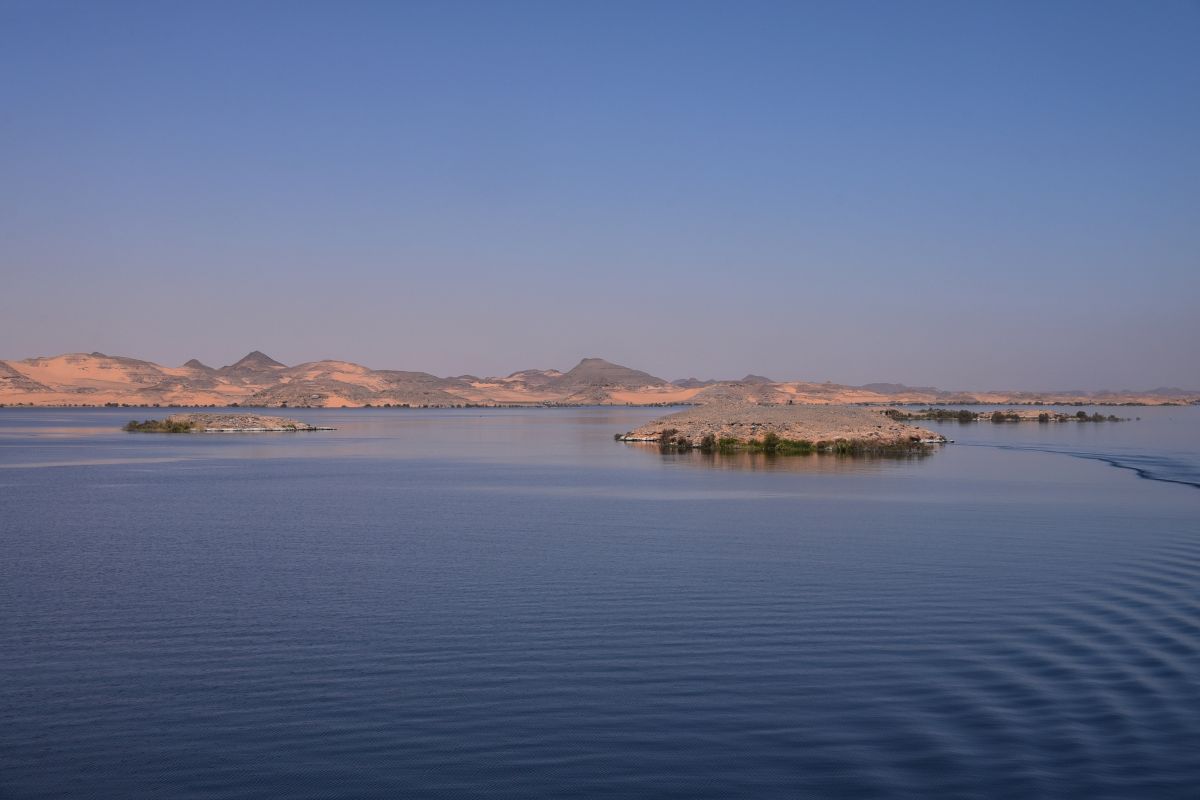
By the end of this fantastic tour at Lake Nasser, there is this feeling that it is much more than just a mass of water the imposing creation by the High Dam in Aswan to standing in for a duty to preserve Ancient Egyptian heritage, Lake Nasser stands tall as a true witness to modern engineering and historical preservation. No inland water body in the world has the dramatic Lake Nasser, with its historical monuments being an incomparable scenic beauty, especially for tourists who would want to plan tours to Aswan. Be it a quiet cruise on its tranquil waters, a day of fishing, or even visiting the translocated temples of Abu There's something that suits every different taste and preference.
No tour itinerary for Egypt Day tours is complete without the inclusion of Lake Nasser. It not only offers smooth waters and an attractive landscape to the journey but also connects with the past of Egypt. Next Holiday Travel would make your visit pretty hassle-free and memorable, keeping the essence of this fabulous destination, as you consider your trip, keep in mind that Lake Nasser features among the great feats of engineering; it brings life onto Egypt's landscape and bridges a gap between past and present. Be it the engineering marvel of the High Dam that impresses you or the ancient wonders of Abu Simbel, Lake Nasser stands tall, proud to remind one of Egypt's enduring legacy and natural beauty. Also, set this wonderland in your next Egyptian adventure and let Next Holiday Travel guide you toward an unforgettable experience.





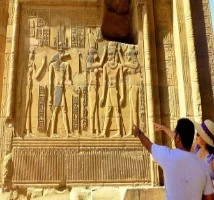




-webp.webp)


